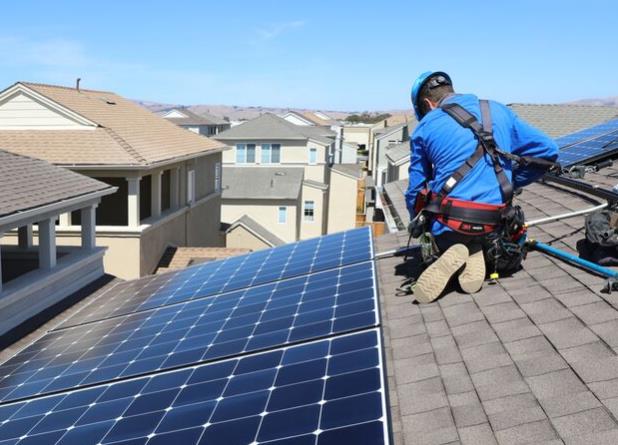What's the Output Voltage of a Solar Cell?
The output voltage of a solar cell is a critical factor that determines how effectively it can convert sunlight into electrical energy. This parameter is essential for anyone looking to understand, design, or optimize solar power systems. Let’s dive into the specifics of solar cell output voltage, presenting the data in a clear and confident American English style.

Basics of Solar Cell Operation
A solar cell works by absorbing sunlight and converting it into electricity through the photovoltaic effect. When photons hit the semiconductor material, typically silicon, they excite electrons, creating an electrical current. The voltage that a solar cell produces is a measure of the potential difference that drives this current through an external circuit.
Typical Output Voltage
The standard output voltage for a single crystalline silicon solar cell under ideal conditions is about 0.5 to 0.6 volts. Despite this seemingly low value, when cells are connected in series to form a solar panel, the total voltage output significantly increases, enabling practical applications like powering homes or charging batteries.
Factors Affecting Output Voltage
Several factors can influence the output voltage of a solar cell, including:
- Temperature: Higher temperatures generally decrease the voltage output due to the increased kinetic activity of the electrons.
- Irradiance: The intensity of sunlight striking the cell directly affects its voltage output. More intense sunlight can generate a higher potential difference.
- Material Quality: The purity and type of semiconductor material also play a crucial role in the efficiency and output voltage of the cell.
Scaling Up to Solar Panels
To achieve higher voltages necessary for practical applications, solar cells are connected in series within a panel. A standard solar panel, which might consist of 60 to 72 cells, can produce a total output voltage ranging from 20 to 40 volts under optimal sunlight conditions. This series connection is fundamental in designing solar power systems that meet specific voltage and power requirements.
Maximizing Solar Cell Output
Advancements in solar technology focus on increasing the efficiency and output voltage of solar cells. Innovations in cell design, such as the use of multi-junction cells or improvements in the semiconductor material, aim to capture a broader spectrum of sunlight and convert it into electricity more effectively.
Understanding the output voltage of a solar cell is pivotal for harnessing solar energy efficiently. Whether for small-scale applications like solar-powered devices or large-scale solar farms, the principles of solar cell voltage production underpin the functionality and efficiency of solar power systems. With ongoing research and development, the future of solar energy looks bright, with expectations for even higher output voltages and more efficient solar power solutions.
In summary, while the output voltage of a single solar cell may seem modest, the collective power of multiple cells within a solar panel unlocks the potential for substantial electricity generation. This foundational knowledge is crucial for anyone involved in the solar energy sector, from engineers and designers to homeowners and renewable energy advocates.